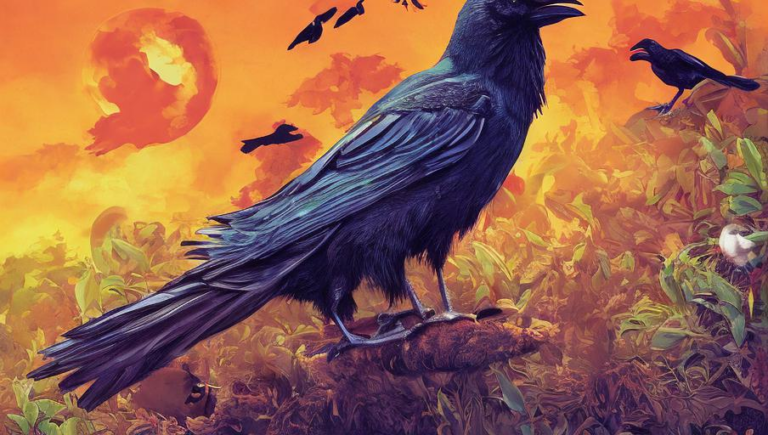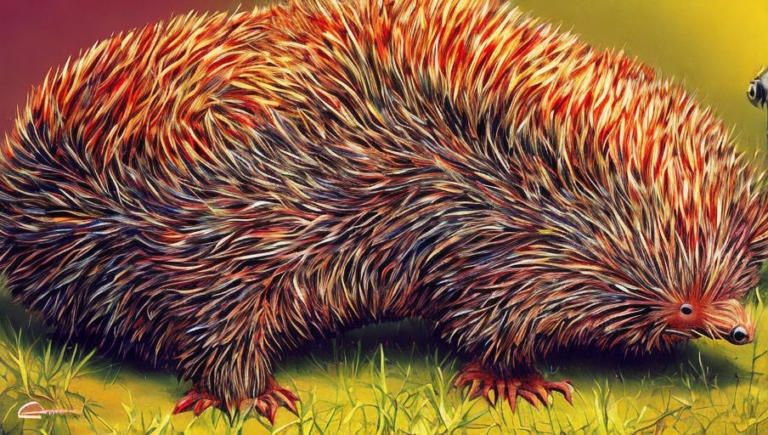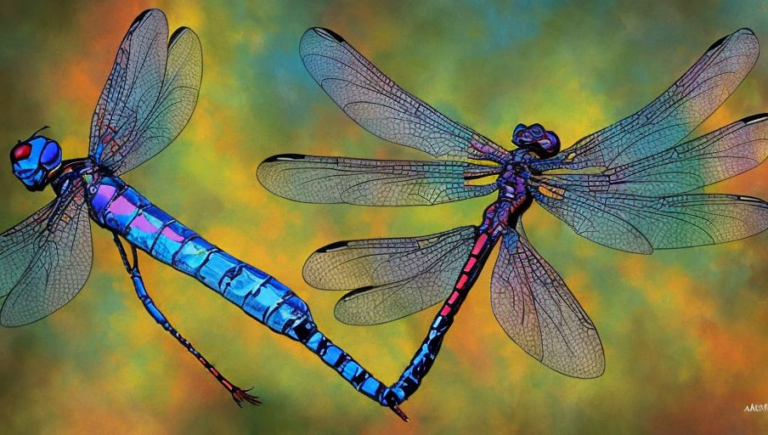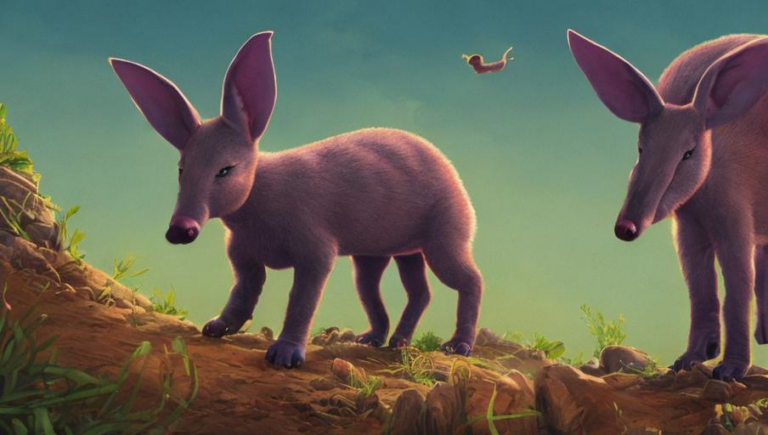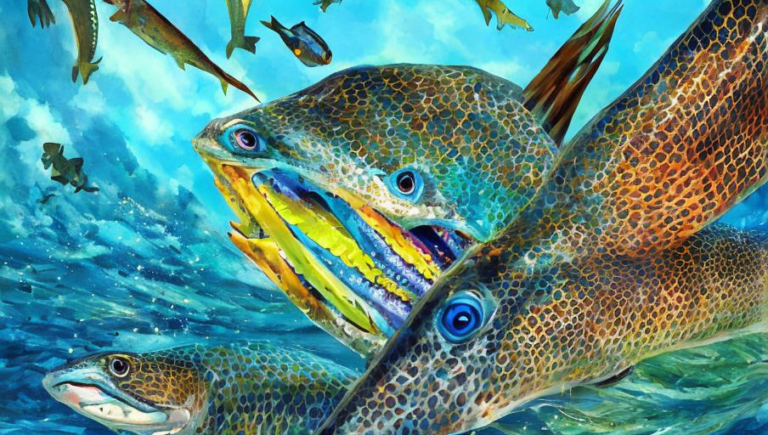Aardvark Habits: What Do They Do During the Day?

Introduction
The aardvark is a unique creature that is native to Africa. This nocturnal mammal has a long snout and a long, sticky tongue, which it uses to feed on ants and termites. Aardvarks are also known for their powerful digging capabilities and have been observed burrowing into the ground to create nests. But what do aardvarks do during the day?
Habitat and Diet
Aardvarks inhabit savannahs, grasslands, and forests, where they feed mainly on ants and termites. They use their long snouts and sticky tongues to reach into narrow crevices to find their prey. Aardvarks are able to consume up to 50,000 ants and termites in a single night, so they must move around a lot to find their food. During the day, they seek out shady and cool places to rest.
Behavior
Aardvarks are solitary animals who tend to keep to themselves. During the day, they can be found in burrows that they dig in the ground. These burrows provide shelter from the heat, as well as protection from predators. Aardvarks also have a number of defense mechanisms, such as their powerful claws and sharp teeth, which they use to dig into the ground and defend themselves from predators. Aardvarks are also known for their powerful sense of smell, which they use to detect food and predators.
Communication
Aardvarks communicate mainly through smell and touch. They also use a low-frequency sound, which is sometimes heard by humans. Aardvarks also produce a loud hiss when they are threatened. During the day, they are usually quiet, only making noise when they are disturbed or startled.
Conclusion
Aardvarks are mysterious creatures who keep to themselves during the day. They seek out shady and cool places in which to rest and feed on ants and termites during the night. Aardvarks also have a number of defense mechanisms, such as their powerful claws and sharp teeth, as well as their powerful sense of smell. They communicate mainly through smell and touch, and produce a loud hiss when they are threatened. By understanding aardvark behavior, we can better appreciate these unique creatures and the habitats in which they live.
